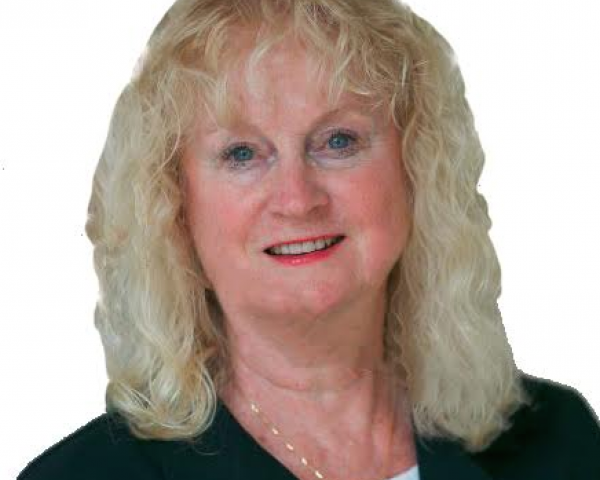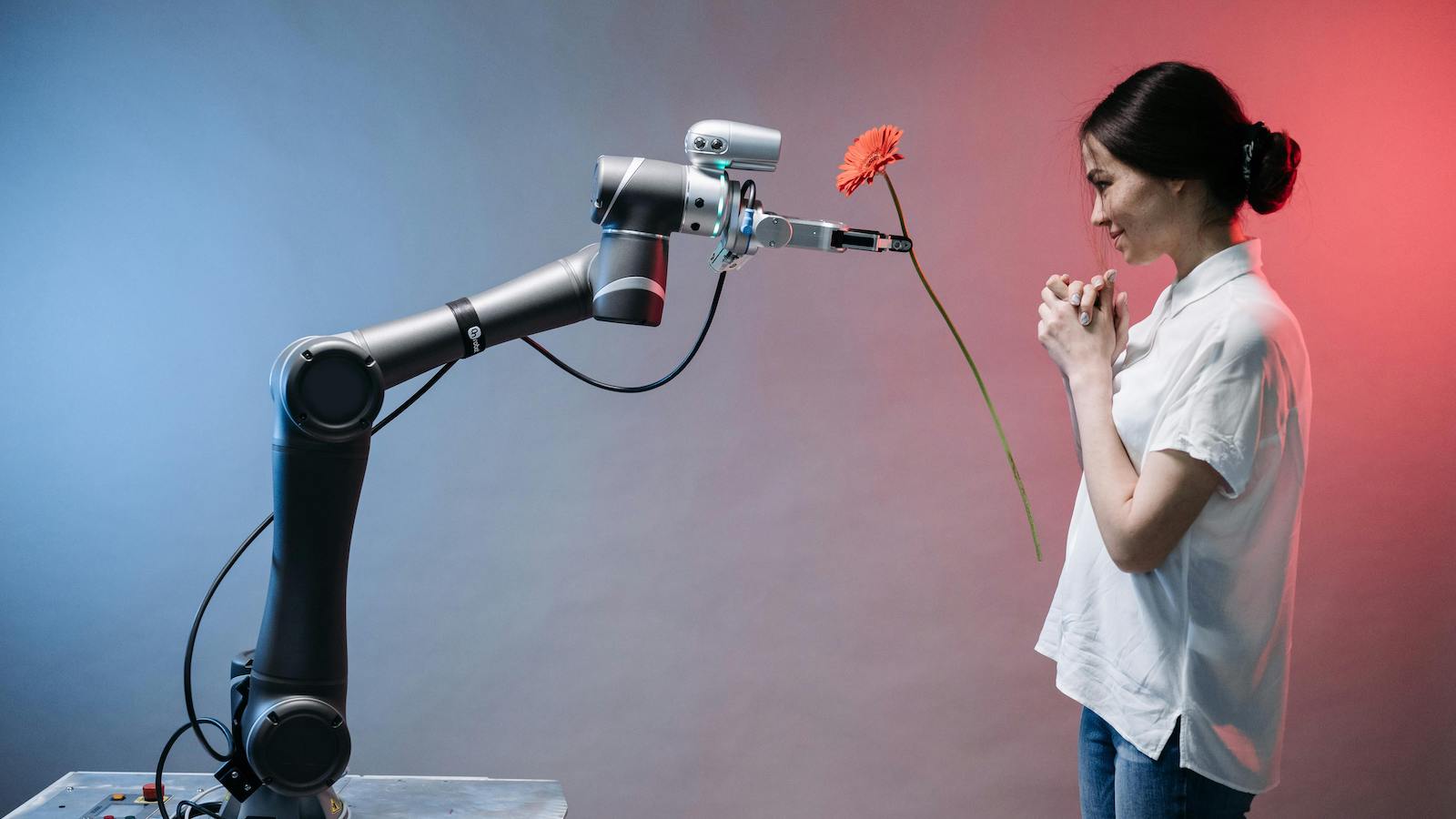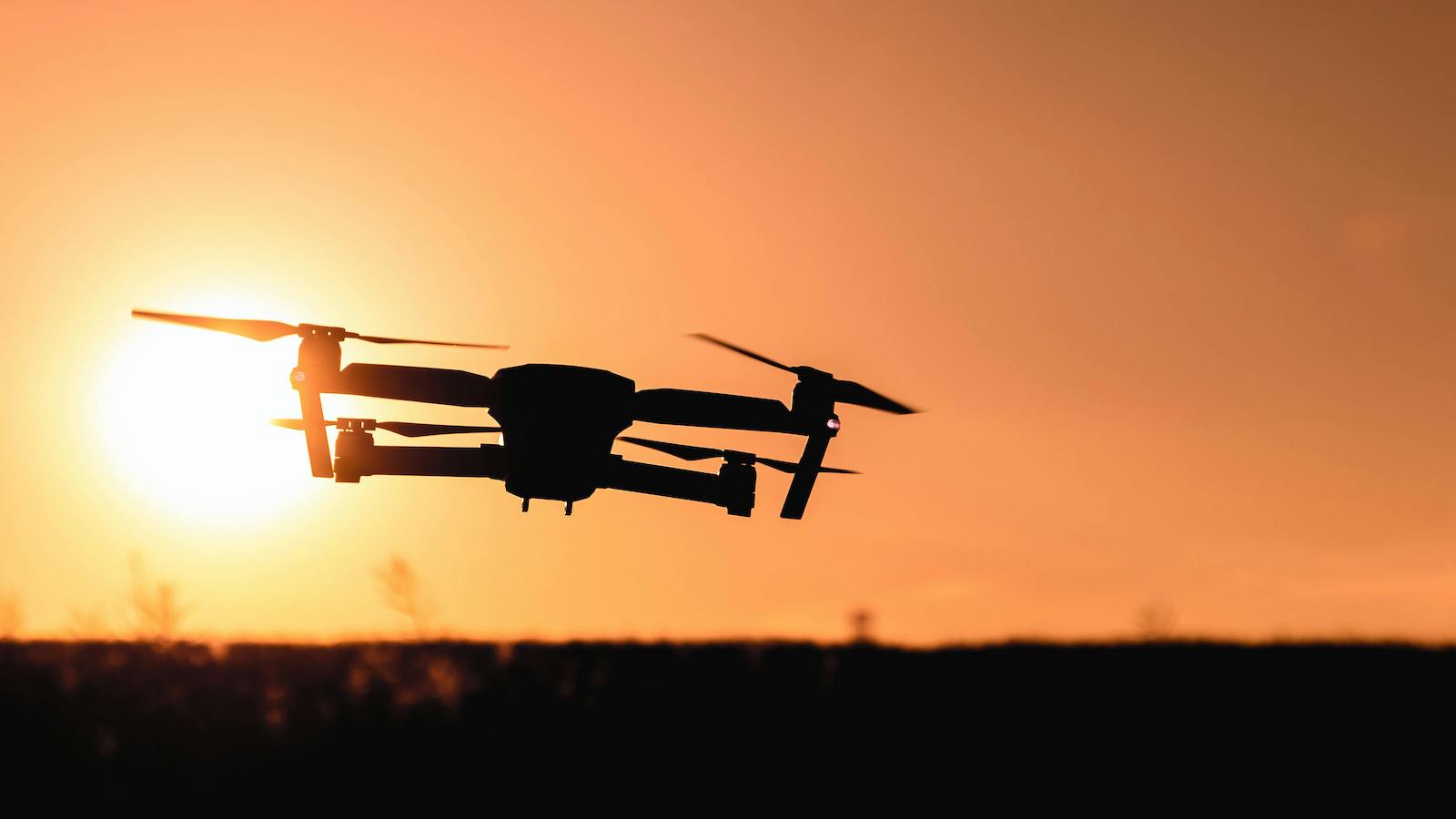Staffing up is expensive, and claims organizations are already experiencing a shortage of individuals to fill critical roles.
Claims is a people business – virtually every claims executive I have ever met believes this. If you have ever been in a vehicle accident, experienced damage to your home or business, or been injured in a work-related incident, one of the first things that comes to mind is: I need to talk to someone who can assure me that I have insurance coverage and that there will be resources, both financial and technical, to make me whole again. This reaction is a human one and is not likely to go away. Many claims organizations have tried to maintain staffing levels to ensure a human connection is available to all. However, this is expensive, and claims organizations are already experiencing a shortage of individuals to fill critical claims roles.
Claims executives are at a crossroads, and many questions arise. How do we maintain 1:1 people interactions and simultaneously manage skills gaps and expenses? Then there are digital expectations from all parties to the claim – insureds, claimants, distributors, service providers – how are those expectations met? Given all these weighty challenges, many claims decision-makers relate to the phrase: “There’s a light at the end of the tunnel, and it’s a train coming the other way.” But, for many claims organizations, the reality is that the digital train that is coming can provide answers to the people challenges they face.
See also: How Work Culture Affects Claims Process
SMA’s recent research report,
Claims Transformation: New Paths Forward for Reporting, Verification and Communications, explores emerging technologies and trends in claims operations. Relative to the people business theme, there are several areas of innovation where concerns, expectations and answers merge.
- Self-reporting via photo and video. Apps that facilitate the insured or claimant in providing visual representation of damage will speed the claim along versus waiting for an adjustor or inspector to do the same thing. Faster settlement clearly meets consumer expectations. Additionally, precious claims resources are preserved for more complex claims.
- Self-reported photos and videos along with AI analysis. The resulting outcomes from AI analysis can facilitate the next-generation of straight through processing (STP), ultimately going well past the current glass and towing claims STP, as things such as machine learning evolve over time. Again, shorter time to settlement with little or no claims adjustor involvement – a win-win.
- Telemedicine and digital health platforms blend consumer-accessed, personalized information with a collaborative environment for adjustors, service providers, medical professionals and other concerned parties. These technologies blend useful, self-service information with human access at the moment of need.
These are just a few examples of the technologies that claims organizations have at their disposal to transform processes and operations. The previously mentioned SMA research report covers many other areas.
Make no mistake, balancing when to insert adjustors into processes and when technology can facilitate desired outcomes is not easy to accomplish. One of the key success factors is to look at claims processes from the outside in. This is not intuitive for claims organizations that have spent entire careers managing the challenges and intricacies of the adjustment process with an internal lens to meet corporate compliance goals and tangential department needs within a regulatory framework that can be daunting. However, looking at claims processes from the consumer perspective – outside in – can suggest ways of execution that fulfill the need for the customer to be compensated for their loss in the fastest way possible or to find the clearest path to wellness. Happily, these outcomes also preserve human claims resources for when an individual really needs it.
See also: The Best Workers’ Comp Claims Teams
The technology vs. human paradigm will continue to change, probably forever. However, claims is one of the areas within insurance where expert adjustor skills can truly make a meaningful difference for individual outcomes. But the definitions will continue to change, and the challenge for claims executives will be to continually assess processes through a different lens. Optimistically, the light in the tunnel will be a source of inspiration.








